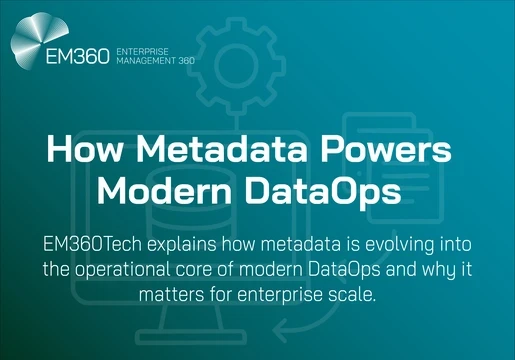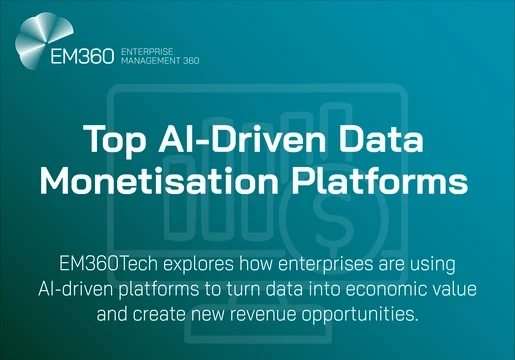Storage is not all the same. There’s high-end enterprise storage, mid-range storage, and entry-level storage. There is block, file, object, and hybrid cloud storage. They behave and function differently as far as availability, cyber security, integration, performance, and connectivity to other software – namely, infrastructure software. This includes VMware, containers, ServiceNow, AIOps software, or a variety of enterprise application software, such as Oracle and SAP. Since storage is an essential tool, it is important to have the right tool from a “storage toolbox” for the right job.

Determining the proper storage solution for an organisation depends on the nature of the “job.” It could be applications, high-end databases, or various types of workloads. It could be for genetic research, streaming professional media, retail, or financial services, among other areas. The possibilities are virtually endless.
But the point worth reiterating is: while all those applications and workloads require storage, the storage requirements for capabilities, capacity, cyber resilience, and performance are different across the different applications. Enterprise storage is not all created equal. Storage is specialised. It’s analogous to having a toolbox of various tools, such as a hammer, wrenches, screwdrivers, tape, drill, among other things. Different purpose for each tool!
In the data world, the storage tool that is needed for healthcare is different than the storage tool needed for a manufacturing company or a financial institution. If you buy storage products or sell storage solutions – like Infinidat’s world-class channel partners do – you clearly want to match up needs and requirements with the solutions that are available.
To make life a little easier, I offer up a simple framework to think about how to ensure you select the right tool for the right job. I call it the ZOG decision framework for purchasing storage. If you’re early in your process of looking to upgrade, expand, consolidate, or modernise your enterprise storage infrastructure, try ZOG’ing it.
The 3-point ZOG criteria for identifying the right storage tool for the right job is:
1. Zero in on the problem, issue, or challenge
2. Outline the types of capabilities that would fix it
3. Guide the alignment based on leading practices.
It’s a repeatable framework that is simple, memorable, and can be used for everything from primary storage to secondary storage, from ransomware protection to business continuity/disaster recovery and more. Let’s consider a few scenarios.
Examples of matching up the tool with the job
Scenario #1:
Your CEO and the Board of Directors are concerned about the possibility of ransomware attacks. They have instructed the IT organisation to have a comprehensive cyber security strategy. You’ve protected the edge, the network, and the application layer, but you have seen several analyst reports and other data saying that it isn’t enough. What should you do to make sure you have the right tool for the job of protecting your enterprise against a cyberattack that could potentially put you out of business?
Z. The problem is that legacy storage infrastructure is vulnerable to cyberattacks.
O. The capability that would fix the problem is cyber storage resilience (the tool).
G. The leading practice is to incorporate cyber storage resilience into a company’s corporate cybersecurity strategy. Further, you should increase cyber resilience to get the job done of leveraging storage to help you understand a ransomware threat and, if you do suffer an incident, recovering a known good (clean) copy of data to keep your company up and running.
Your cybersecurity issue has been ZOG’d. Now, there’s a plan of action, and it’s clear what needs to be done to plug a hole in an enterprise’s cybersecurity implementation, by adding cyber resilience to the enterprise’s storage environment.
Scenario #2:
Your enterprise storage infrastructure is mired in complexity. You have to manage too many different arrays. Your infrastructure also requires too much manual intervention and the operational expenses are continually rising when the focus of the CIO and the IT executives is cost reduction. What should you do to make sure you have the right tool for the job of reducing complexity?
Z. The problem is that legacy storage infrastructure is complex.
O. What would fix the problem is storage consolidation and autonomous automation (the tools).
G. The leading practice is to consolidate multiple storage arrays down to one or two arrays at petabyte scale, such as going from 20 arrays to 2 arrays. Then it’s recommended to inject not only automation, but autonomous automation into your data infrastructure. It’s transformative.
Your complexity issue has been ZOG’d. You now know you need to pick an enterprise storage solution that is ideally suited for storage consolidation and includes autonomous automation.
Scenario #3:
Your costs for your enterprise storage estate are way too high. You have many arrays that your organisation has purchased over the years. You need to reduce costs, including overhead. What should you do to make sure you achieve cost savings in your enterprise storage?
Z. The problem is that legacy storage infrastructure is costing you too much.
O. The capability that would fix the problem a flexible consumption model (the tool).
G. The leading practice is to consolidate multiple arrays into one array (or a few arrays) to cut the costs of managing too many arrays. Turn to a cloud-like, flexible consumption model for on-premises storage. Automate the consolidated storage to keep costs down.
Your cost issue has been ZOG’d. Storage consolidation is the first step. Then you design the storage implementation with a flexible consumption model that works for you, whether OpEx or a mix of CapEx and OpEx, or full-on Storage-as-a-Service (STaaS).
ZOG is a simple, yet effective framework that’s solution-oriented and action-oriented to resolve any issue related to storage.
www.infinidat.com







Comments ( 0 )